“I will no longer be complicit in genocide.” This was the final message of US Airforce member, Aaron Bushnell, who self-immolated on the 25th of February in Washington, outside the Israeli embassy. As he was being consumed by the flames, he screamed: “Free Palestine” until his dying breath. Self-immolation is the act of setting yourself on fire as a form of protest. It is the most extreme form of protest. It is revolutionary suicide.
Self-immolation has existed in the Eastern world for over 1,500 years, but the Western world was foreign to the ancient form until 1963. Thich Quang Duc was a Vietnamese Buddhist monk who self-immolated in protest of the Catholic, South Vietnamese government which was backed by the US and responsible for the persecution of Buddhists. President Kennedy said, “No news picture in history has generated so much emotion around the world as that one.” The photos of the burning monk taken by journalist, Malcolm Browne, remain one of the most enduring images of the Vietnam War era.
Quang Duc’s flames caught onto the Western world. In March 1965, the 82-year-old Alice Herz self-immolated and in November of the same year, Norman Morrison followed, both in protest of Lyndon B Johnson’s use of military power in the Vietnam War. In 2010, Mohamed Bouazizi’s act of self-immolation in response to police harassment in Tunisia became the catalyst for the Tunisian revolution. This inspired further protest and rebellion across the Arab world in the wider revolution- the Arab Spring. Bouazizi’s act set of a new wave of self-immolations in Arab countries including Algeria, Egypt, Morocco, and Mauritania.
Since Quang Duc’s protest in 1963, from the USA to Iran, Russia to India, Poland to Türkiye, the use of self-immolation as a means of protest has become increasingly common. In the 2020’s over 30 political self-immolations have already been recorded. Every single one of these self-immolations have been caused by one thing- moral despondency. These people have been pushed to the limits by their desperation. There is no other option but to sacrifice themselves in hopes of change for the better.
The act is often excused with the words ‘mental illness.’ Those two words give a person the power to reject the protest and reject the cause for which the protester devoted their life to. I combat those two words with another two words- ‘moral apathy.’ All these sacrifices have been caused by moral apathy and indifference and have been reacted to with moral apathy and indifference which causes more sacrifices. The cycle can only be broken when the reaction is one of sympathy which translates into action.
Self-immolation has an 80% fatality rate. Thos who engage in the form of protest do so knowing they will die. Self-immolation is an act of suicide- revolutionary suicide. But in the words of Huey P. Newton, ‘Revolutionary suicide does not mean that I and my comrades have a death wish; it means just the opposite. We have such a strong desire to live with hope and human dignity that existence without them is impossible.’
I will never condone self-immolation, but I understand it.


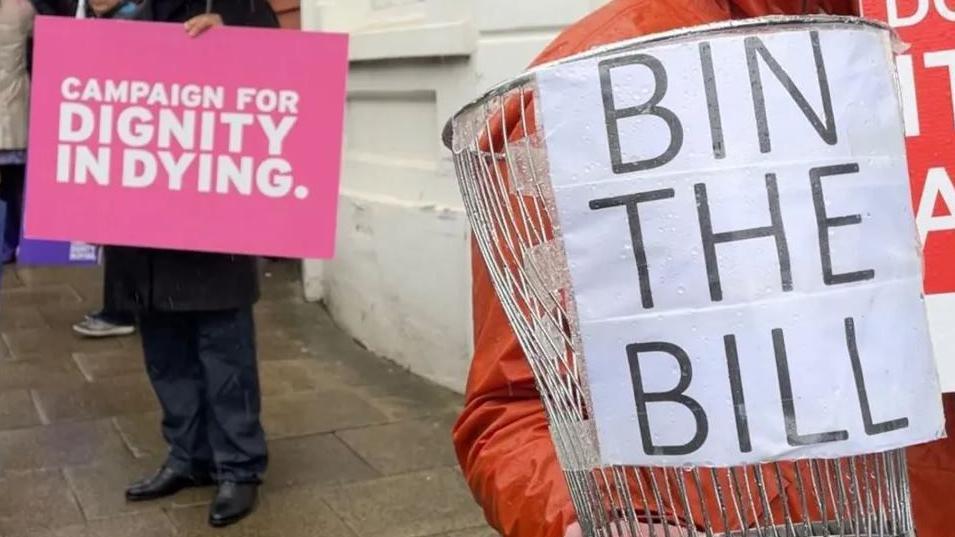

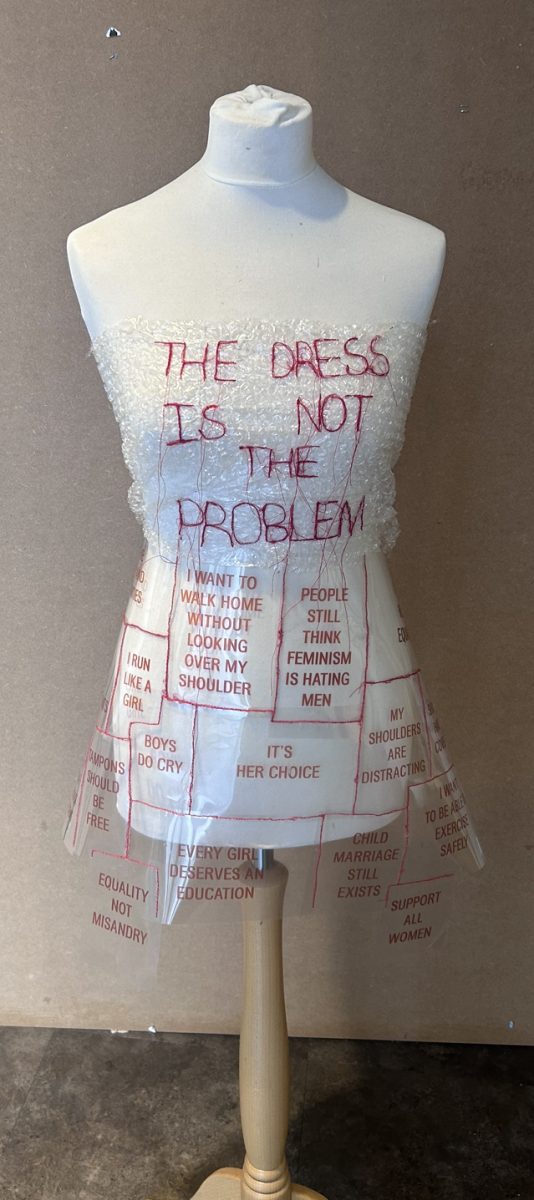




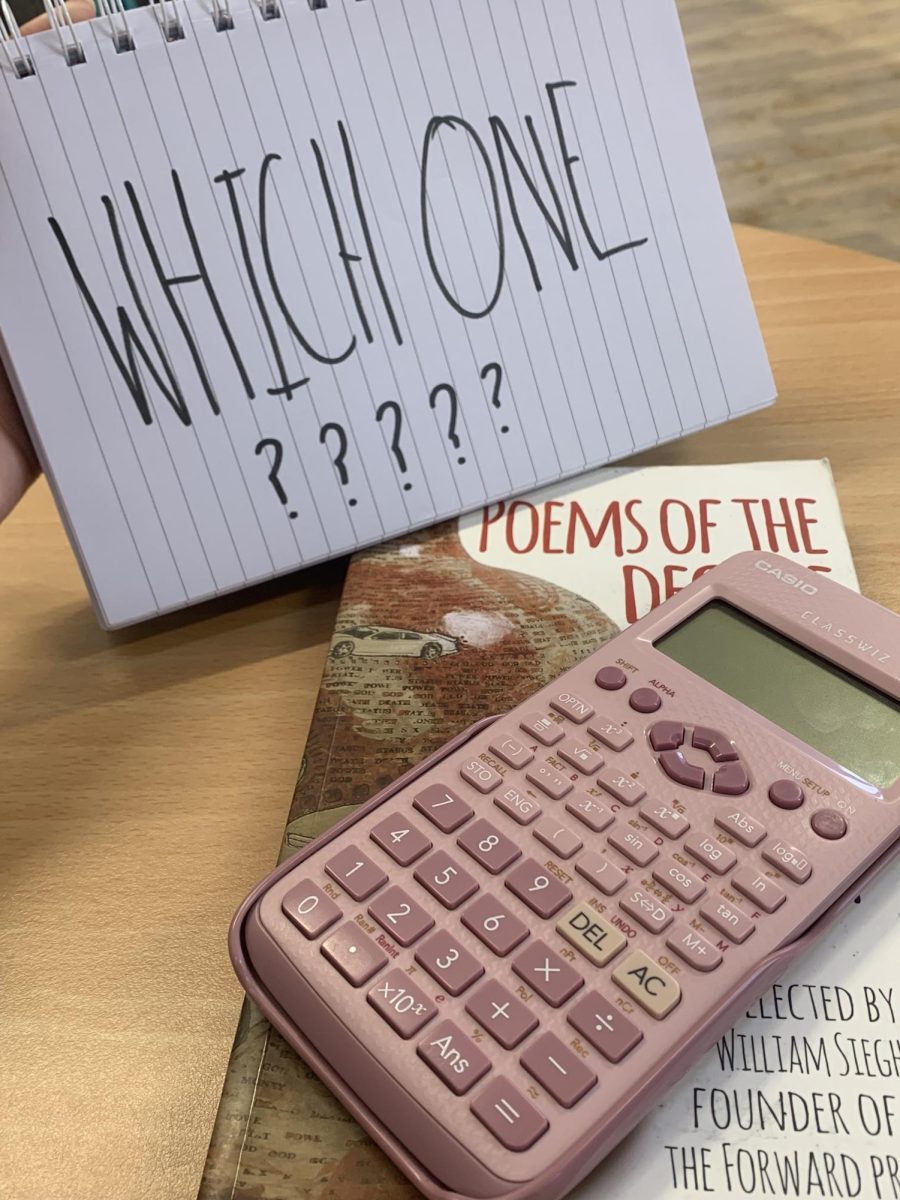

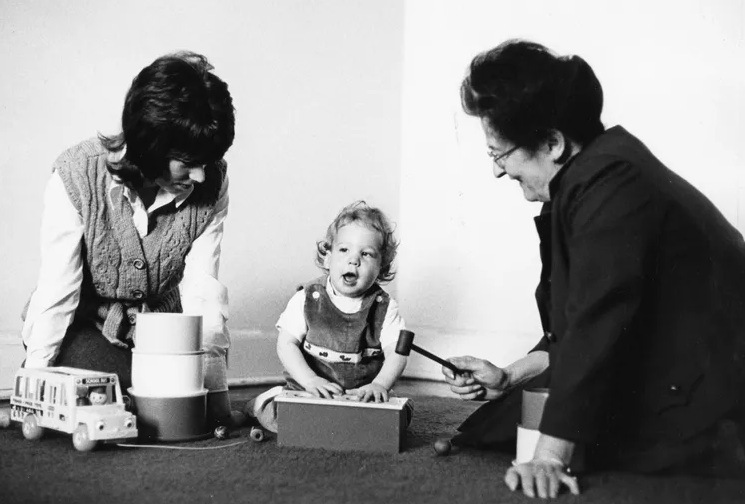









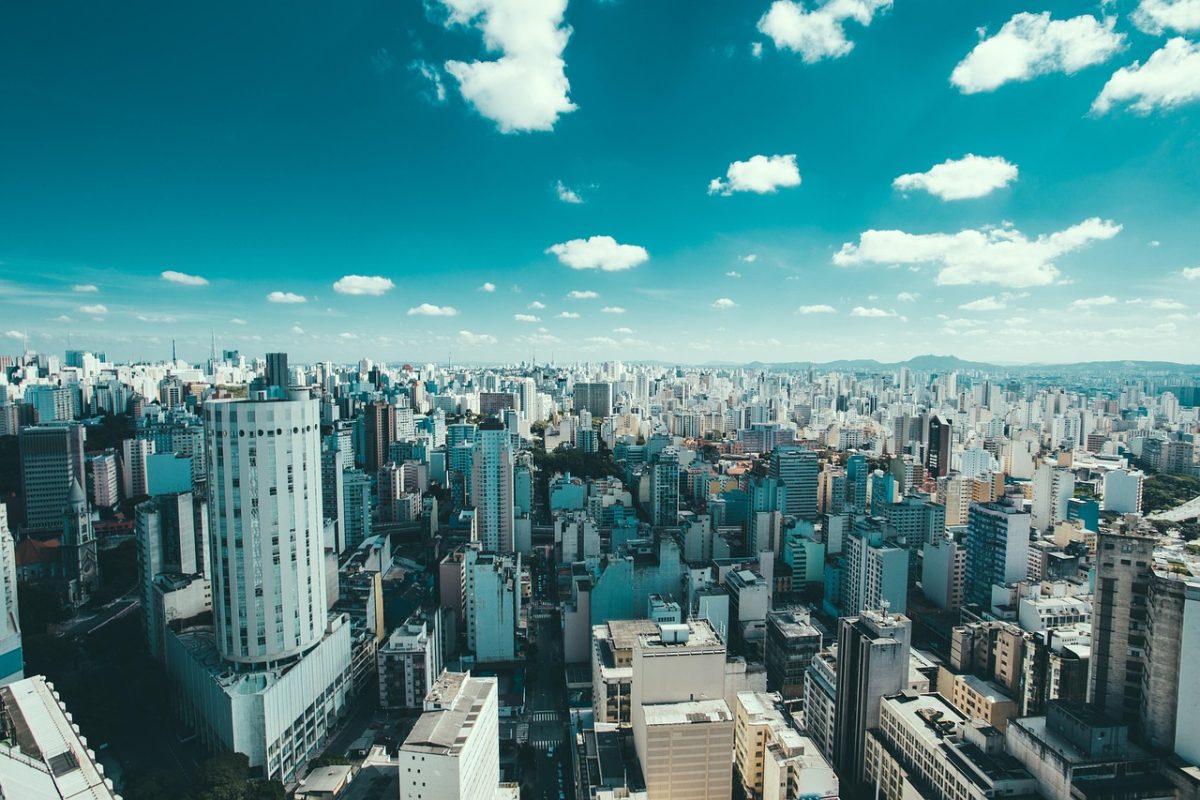



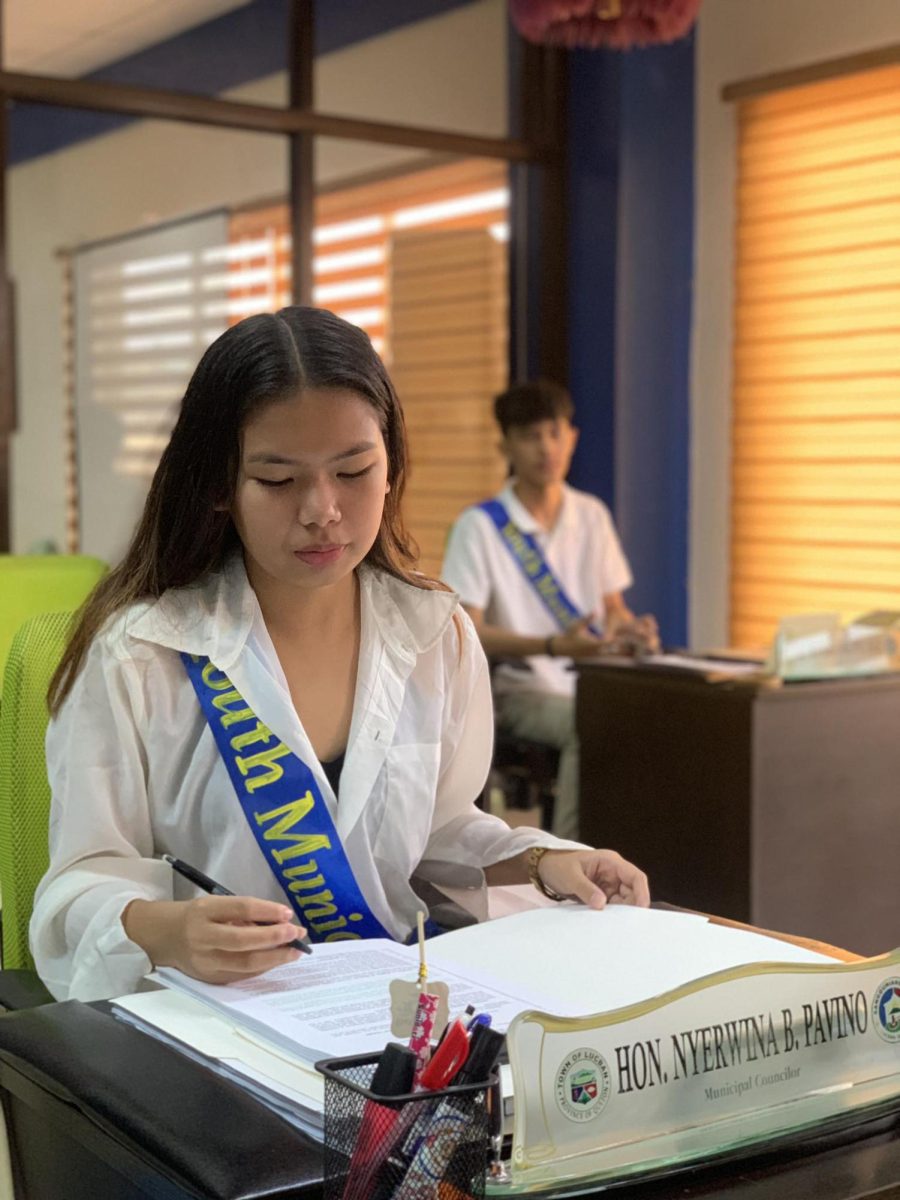

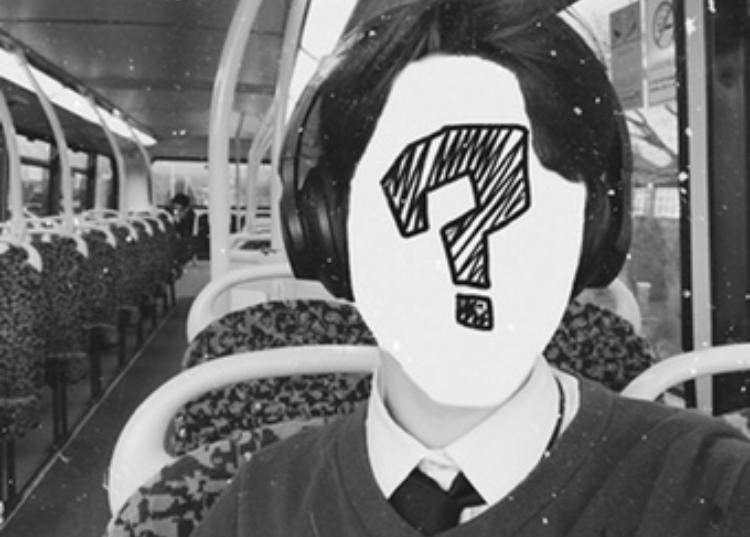


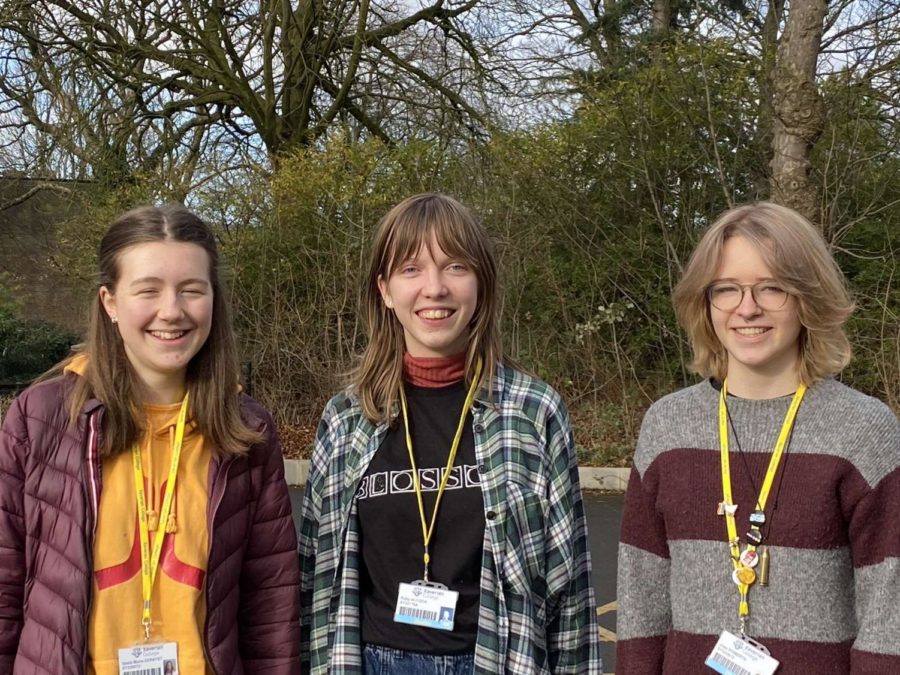







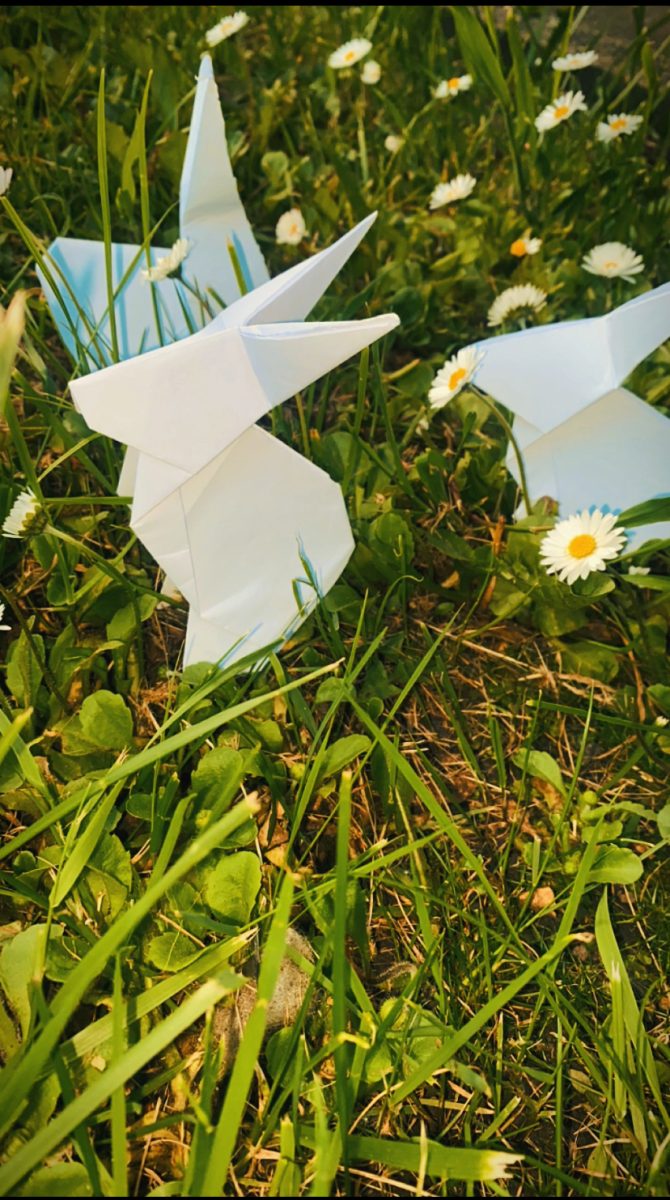
Caitlin • Oct 16, 2024 at 3:40 am
very informative piece about an unaddressed important political stance. Great read ! 🙂
Patricia Aroyewun • Jun 12, 2024 at 7:50 am
Very informative and powerful read.
Nicole • Jun 6, 2024 at 3:09 am
I had no idea what this was until reading this. Powerful yet heart breaking that this is the final answer of hoping for a change. So interesting to learn about.
Jacqui Shirley - Organiser • May 9, 2024 at 8:40 am
An interesting and sadly topical read with a nuanced final comment